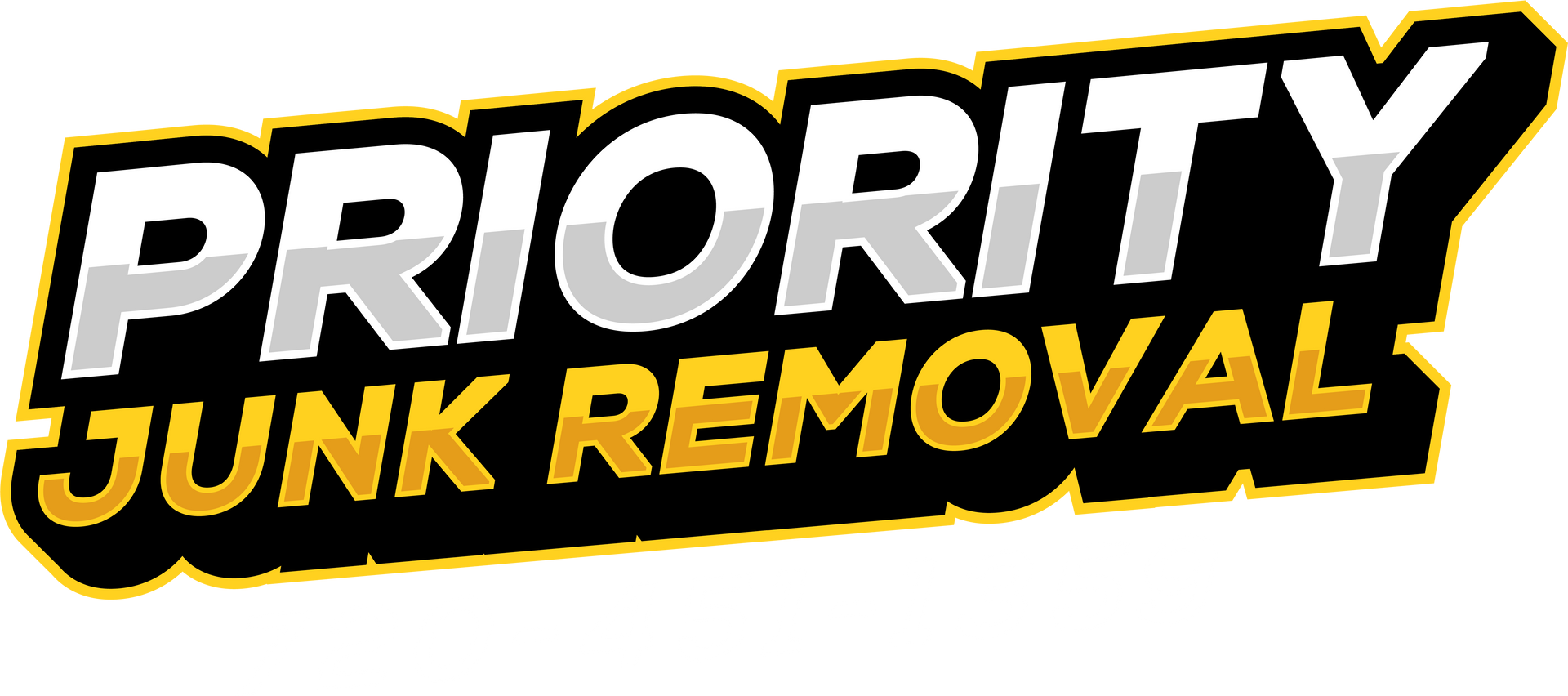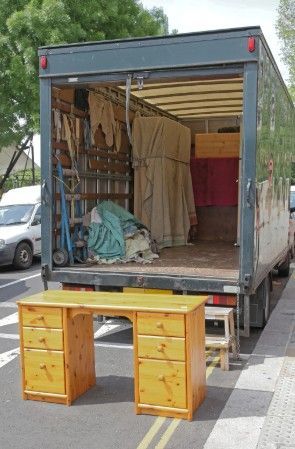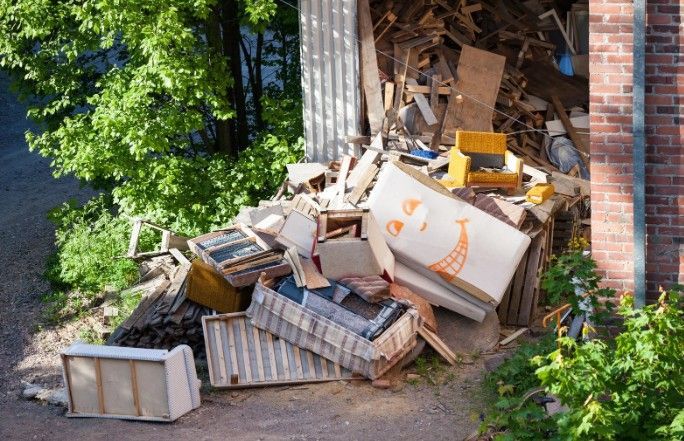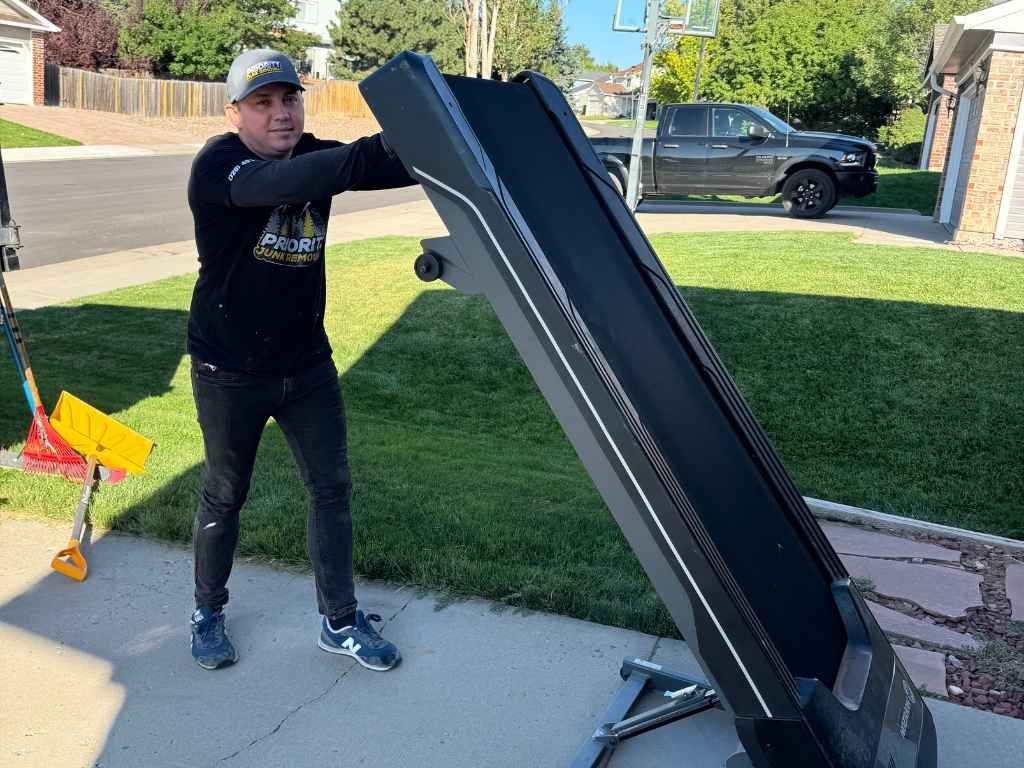10 Decluttering Mistakes You Don’t Know You’re Making
Decluttering your home can be an incredibly freeing and transformative experience—like hitting the reset button on your entire living space. But let’s be honest: it’s also easy to get stuck, overwhelmed, or sidetracked by seemingly harmless habits. You might think you’re making progress, but certain missteps could actually be slowing you down or keeping you from letting go of what no longer serves you.
From sentimental attachments to overambitious plans, these subtle traps can seriously sabotage your efforts. The good news? With a little awareness and a few strategic shifts, you can sidestep these common mistakes and make your decluttering journey smoother, more intentional, and way more effective. Let’s dig in!
Letting Sentimental Clutter Dictate Your Space
It’s natural to form emotional attachments to objects that remind us of special people, places, or moments in time. But when every drawer is stuffed with old birthday cards, childhood trophies, or your grandmother’s teacups, it can start to crowd out the present. The key is to honor the memory without letting the item control your space.
Ask yourself: Is this something I truly cherish, or am I keeping it out of guilt or habit? If the latter, consider photographing it before letting it go. Create a memory box for the truly important items, but set a limit so your home doesn't become a museum of the past. Sentimental value should enhance your environment, not overwhelm it. When you focus on what truly matters, you free up space for new memories and experiences to unfold.
Keeping Things "Just in Case" Without a Limit
We've all done it—held onto that random charger, the old blender, or stacks of magazines thinking, “I might need this someday.” But more often than not, that “someday” never comes. The “just in case” mindset creates a breeding ground for clutter. The solution? Boundaries. Designate a specific shelf, box, or drawer for your “just in case” items. Once it’s full, it’s time to reassess.
If something’s been sitting untouched for months (or years), it’s likely not essential. Be honest with yourself about the real likelihood of needing it again. In the rare case you do, you can usually borrow, rent, or replace it. Letting go of those what-if items not only clears space, but also frees your mind from the subtle stress of managing excess. Trust that you’ll handle future needs without holding onto everything now.
Confusing Organizing with Decluttering
It’s easy to feel productive when you’re neatly arranging items into bins, labeling drawers, or buying cute baskets—but this isn’t the same as decluttering. Organizing simply rearranges what you already have; decluttering involves letting go of what no longer serves you. Before investing in storage solutions, take a step back and ask yourself: do I actually use all of these items? If not, no amount of labeling or stacking will make the clutter go away—it’ll just be prettier clutter.
Start with reduction, not rearrangement. Once you’ve narrowed things down to the essentials, then organize what’s left in a way that makes sense for your daily life. Think of decluttering as subtracting and organizing as refining. Both have value, but one must come before the other if you truly want a simplified, sustainable living space.
Failing to Declutter Before a Major Move

Moving to a new home is the perfect opportunity to reevaluate your belongings. Yet, many people make the mistake of packing everything—useful or not—and hauling it all to the next place. This not only makes moving more expensive and exhausting, but also clutters your fresh start. Instead, treat packing as a two-in-one process: declutter as you go. Ask yourself, “Do I really want to unpack this in my new home?” If the answer is no, donate, sell, or discard it now.
Start early, one room at a time, and be ruthless. Think of it this way: why spend time and money moving things you don’t actually want? Let your new space reflect the life you want to create, not the baggage of the one you’re trying to leave behind. Decluttering pre-move makes unpacking faster, easier, and more joyful.
Relying on the "Out of Sight, Out of Mind" Method
Stuffing things into closets, drawers, or under the bed may seem like a solution, but it only delays the problem. Hiding clutter doesn't eliminate it—it just makes it easier to ignore, until one day the mess behind closed doors becomes too big to manage. When everything has a place but there’s still too much stuff, you’re not organizing—you’re camouflaging chaos. Hidden clutter also leads to lost items, duplicate purchases, and wasted time.
The fix? Schedule regular reviews of those “out of sight” areas. Pull everything out and assess what you’ve actually used. You’ll probably find plenty you can let go of. Maintaining a clutter-free space isn’t about hiding—it’s about being intentional with what you choose to keep. A tidy home should be functional and honest, not just neat on the surface. Transparency brings true peace.
Decluttering Without a Plan or Strategy
Jumping into decluttering without a clear direction can quickly lead to burnout and frustration. You might start in one room, get distracted by something in another, and end the day surrounded by half-finished piles. That’s where a plan comes in. Whether it's one drawer a day, one room per weekend, or a 30-day challenge, having a structure helps you stay on track and feel accomplished. Set realistic goals, create a timeline, and stick to it.
Prioritize the most cluttered or frequently used areas first so you see the benefits sooner. Break large tasks into small, manageable chunks—no need to declutter your entire house in a day. With a solid strategy in place, the process becomes less overwhelming and more empowering. Plus, checking items off a list is incredibly satisfying. A little planning goes a long way.
Buying More Storage Instead of Letting Go
When things start piling up, our first instinct is often to head to the store for more shelves, bins, and baskets. But buying more storage can be a band-aid, not a solution. If your home is overflowing, it’s not because you lack containers—it’s because you have too much stuff. Storage tools should support your space, not compensate for excess. Before buying anything new, take stock of what you own and ruthlessly declutter.
Only then should you consider storage solutions—and even then, opt for ones that promote visibility and accessibility, not just concealment. Otherwise, you risk simply shuffling items into prettier hiding spots. Real progress comes from reducing the load, not reorganizing it. Save your money, save your space, and enjoy the clarity that comes from living with less, not just storing more.
Tackling Everything Alone When Help Exists
Decluttering can feel like a deeply personal task, but that doesn’t mean you have to do it all alone. In fact, trying to tackle an entire home by yourself can be overwhelming, both physically and emotionally. That’s where help comes in. A friend or family member can offer perspective, keep you focused, and make the process feel lighter—sometimes even fun.
Struggling to let go of something? A second opinion might be the push you need. For bigger projects, consider hiring a professional organizer or junk removal service. They bring experience and objectivity to the table. You don’t get extra points for doing it solo—progress is what matters. Whether you need emotional support or logistical help, don’t be afraid to reach out. Teamwork can transform a daunting task into a rewarding experience.
Skipping Regular Maintenance Once Decluttered
Decluttering isn’t a one-and-done project—it’s an ongoing process. Without maintenance, clutter can slowly creep back in, undoing all your hard work. Life happens. Mail piles up, new items enter the home, and routines slip. The key to staying clutter-free is to build small, consistent habits into your daily or weekly routine. Spend five minutes each night tidying up. Do a quick monthly sweep of closets and drawers.
Practice the “one in, one out” rule when buying new things. These mini-maintenance moves prevent buildup and keep your space aligned with your goals. Think of it like brushing your teeth—you don’t do it once and call it good for life. Keeping clutter in check doesn’t have to be a chore; it can be a natural part of living intentionally. Small actions lead to lasting results.
Believing Decluttering is All About Stuff
At its core, decluttering isn’t just about tossing out physical items—it’s about creating space for what truly matters. A clean, organized home is great, but the benefits run much deeper. Less clutter means less visual noise, less decision fatigue, and less stress. It makes room for clarity, creativity, and calm. As you let go of physical items, you might find yourself also letting go of old habits, outdated goals, or emotional baggage.
Decluttering can be deeply therapeutic, helping you reconnect with your values and priorities. It shifts your focus from “What do I own?” to “What do I actually need and love?” When done mindfully, it becomes a lifestyle shift—not just a cleaning spree. So yes, it starts with stuff, but the impact? That reaches into every corner of your life.
Conclusion
Even the most well-intentioned declutterers can unknowingly fall into hidden traps that undermine their progress. By identifying and correcting these often-overlooked mistakes, you gain clarity, reclaim space, and set the stage for a more peaceful environment. When the clutter feels too big to tackle alone, lean on a team that knows how to turn chaos into calm. For residents in Littleton, Priority Junk Removal provides expert solutions to clear the mess and restore your space. Call 720-451-1359 or email priorityjunkremoval@gmail.com to get started today.











